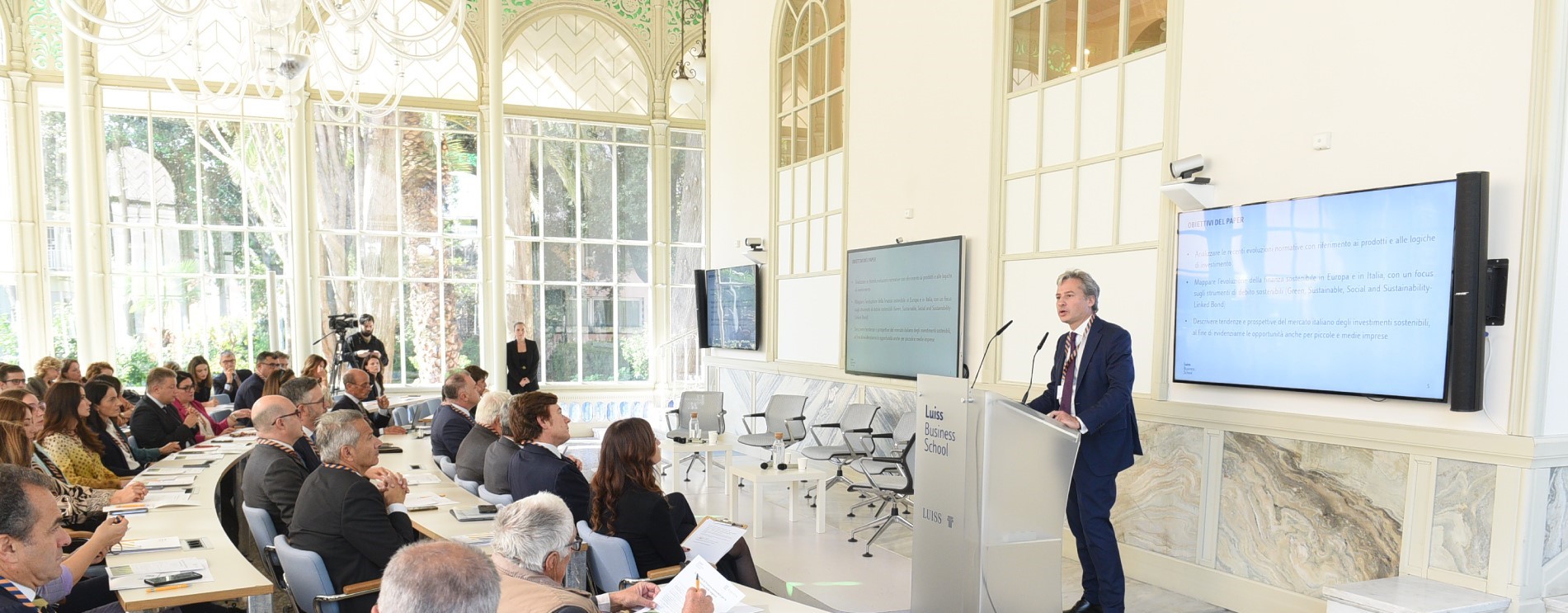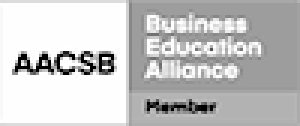Villa Blanc, Luiss Business School headquarter, it is considered a symbol of eclecticism, revived and renewed in order to become the heartbeat of management education, a talent and innovation forge connecting young people, corporates and institutions, in a unique frame in the world.
Villa Blanc was born under the sign of transformation: in 1893 the Baron Alberto Blanc has bought the site from the vineyards belonging to Lezzani family, in the surrounding territory of the famous Basilica dedicated to Sant’ Agnese Fuori Le Mura (Saint Agnes outside the Walls). The complex was at first an “out of town” rural property, then transformed by the Baron, once he had become the Minister of Foreign Affairs during the third Crispi government, in an elegant residence, more adequate to the new office.
The construction of the Villa underwent an experimental project, driven by the designer Francesco Mora and by the archaeologist Giacomo Boni, combining archaeological elements, fine decorations and advanced techniques in its architecture and infrastructure.
The decorations of the Villa have been attributed to Alessandro Morani and Adolfo De Carolis, and have reached eclecticism levels never seen before, particularly in the works of external glazed earthenware, put in the façades surrounding the Winter Garden and the Fumoir.
The Mirror Room is the most ancient interior of the Villa: here the Baron had gathered and exposed a precious collection of 18th century Flemish tapestry, nowadays kept in Amsterdam. In the Dining Room, put at center between the Mirror Room, the Winter Garden and the Fumoir, the white marble monumental chimney outstands.
Three arches are framing the outlook on Winter Garden, one of the places added by Giacomo Boni to the central side, together with the Ballroom. It is considered the biggest winter garden in Europe: for its setting, 10.000 tulip bulbs, lilacs, roses and azaleas, had been imported from the Dutch city of Haarlem.
Under the Dining Room lies the hypogeum, probably used for esoteric rituals and gatherings.
The Ballroom, completed at the end of 1896 after an enlargement of the Villa, reaches very high eclecticism levels, thanks to the metallic structures and the ceiling inspired to a Middle East style: the stained-glass windows and the full view on the park strengthen the idea of the highest level of integration between the Nature and the work of man, highly sought-after in the 19th century culture.
The garden is featured by a similar match of styles, themes, suggestions too, in which coexist antiques and exotic plant species, such as a collection of palms.
When the Baron Blanc died in Turin, in May 1904, the Villa was inherited by his wife Natalia first, then by their three children. The park has then been enriched with seven smaller buildings.
After years of neglect, in 1997, the Luiss Guido Carli has purchased the complex during a public auction, and after a long and thorough research, design, restoration and valuation work, Villa Blanc became the Luiss Business School headquarter.
8/4/2021













